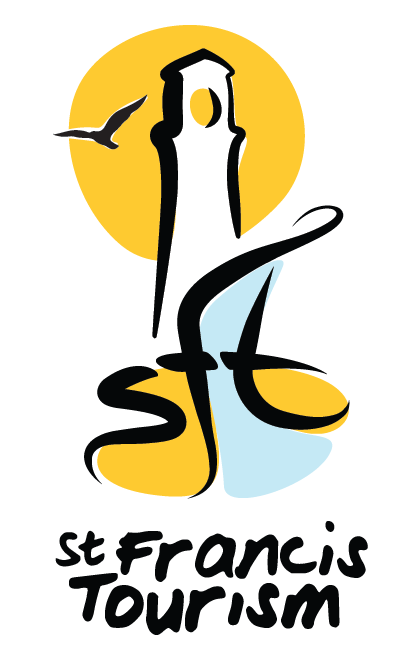World Albatross Day
By Lloyd Edwards
Wednesday, 19th June 2024Seeing as it is World Albatross Day, I thought I had better do a post on our recent sightings. These iconic birds have the ability to fly without flapping their wings. It is so special to see them gliding along and getting a lift from the swells. They can attain speeds of 130km/h and stay airborne for weeks at a time.
Albatrosses are massive sea birds, and the Wandering albatross has the largest wingspan of any bird, up to 3,3 metres. They can live to be sixty years old; they mate for life and spend up to 80% of their lives at sea. Their eggs are incubated for longer than any other bird, very doting parents. As they can spend years without having to go onto land, how do they sleep? They manage this by locking their wings into position and snoozing away during their travels!
The Indian yellow-nosed in the attached images is quite small and slender for an albatross. They have been split apart from the Atlantic yellow-nosed, which does not occur in our area. While the adult has a yellow-orange stripe along the top ridge or culmen of the bill, this is lacking in the juveniles. They wander in a band from South Africa past Marion Island and Eastwards to Australia and beyond New Zealand. They breed on Subantarctic islands like the Prince Edward and Marion, Crozet, Kerguelen and St Pauls. During incubation, the adults will forage up to 1500km from the nest. They feed on fish, squid and crustaceans.
The Shy albatross in the attached images, like the yellow-nosed, are known as mollymawks. They have a wingspan of two and a half metres and can weigh four kilograms. Breeding occurs on three remote islands off the island of Tasmania in Australia. Have been recorded living for forty years. The chick is incubated for seventy days and then fed for the next five months by both parents. Once they leave the island they will not return for at least five years. They travel all the way to our shores in search of fish, squid and even jellyfish. Unfortunately, they often ingest plastics and other man-made chemicals. Global warming is a serious threat to their survival.

I manage to capture these two Shy Albatross on the crest of a wave with a Sub-Antarctic Skua. Taken with a Nikon Z9, ISO 280, f/8, 1/2000th second and 190mm zoom.

A pair of Shy Albatross scrapping over what looks like a cuttlefish.

Two white-chinned petrels waiting for a scrap from a Shy Albatross that is busy dismantling a cuttlefish.

A perfect pair of Shy Albatross having a feed.

This Indian Yellow-nosed comes close to our catamaran "My Bru" to get a closer look at us. Taken with a Z9, ISO 500, f/10, 1/1600th second at 105mm zoom.

This Indian Yellow-nose glides along effortlessly, seldom having to flap it's wings.

I captured this Wandering albatross off Bremer Bay in Western Australia last year. They have the longest wingspan of any bird, up to 3,3 metres. Taken with a Nikon Z9, ISO 280, f/10 (which i used to get the water surface in focus), 1/1600th second and 200mm zoom.











